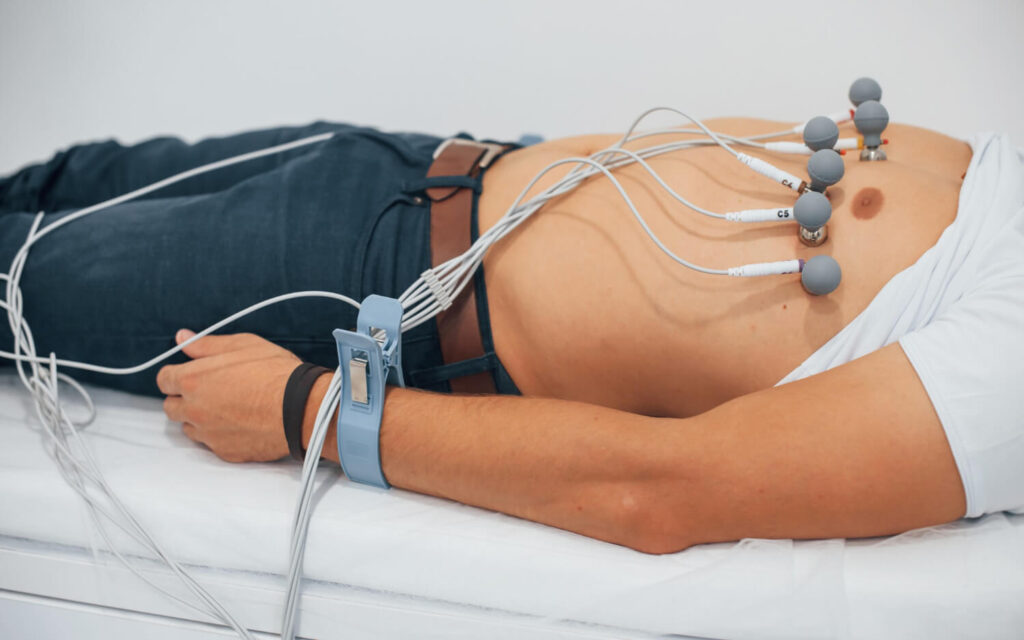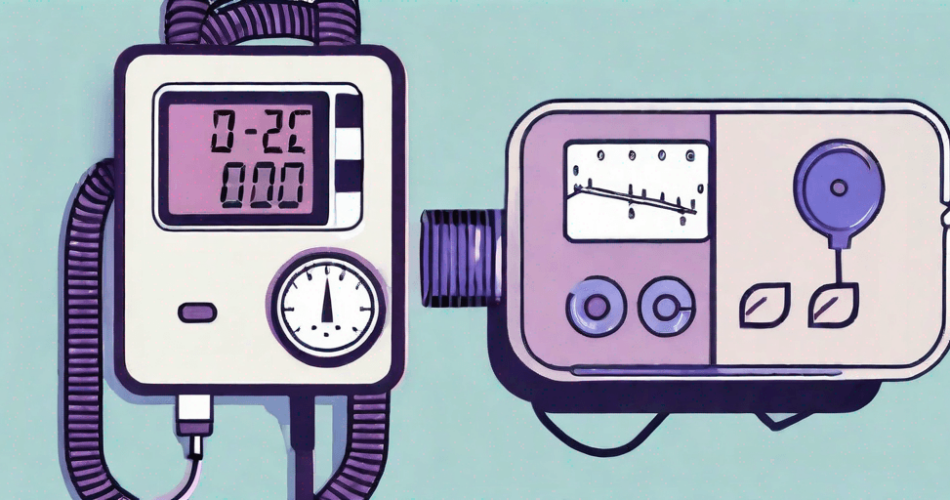Dealing with hypertension takes a lot of effort and patience. It usually involves several medications, balanced diet, and other recommended treatment plans by the expert. Without those, it can progress to malignant hypertension, which is fatal.
There are several cases of high blood pressure that lead to this hypertensive crisis. To prevent such health condition, being aware of its cause and steps for prevention are important. In this blog, we’ll feature every detail to help patients with hypertension avoid this progression. Let’s begin!
Understanding Malignant Hypertension

Definition and Overview of Malignant Hypertension
Malignant hypertension is a rare and extreme form of high blood pressure. It is characterized by a sudden and severe increase in blood pressure levels. The term “malignant” refers to the aggressive nature of this condition, which can lead to organ damage and life-threatening complications.
When a person has this condition, their blood pressure readings are typically above 180/120 mmHg. This is significantly higher than the normal blood pressure range, which is around 110/70 bp. The sudden and severe increase in blood pressure can cause blood vessels to burst or become damaged, leading to organ damage.
One of the most concerning aspects of malignant hypertension is that it often develops without any warning signs or symptoms. Individuals may not be aware of their condition until they experience a hypertensive crisis, which can be life-threatening.
Causes and Risk Factors of Malignant Hypertension

Uncontrolled high blood pressure is a major risk factor for this condition. When blood pressure is consistently elevated and not properly managed, it puts a strain on the blood vessels, making them more susceptible to damage. Over time, this can lead to the development of malignant hypertension.
The exact cause of malignant hypertension is often unknown. However, several factors can contribute to its development. Let’s discuss each below:
Preeclampsia
Individuals with certain medical conditions, such as preeclampsia during pregnancy, are also at an increased risk of developing malignant hypertension. These conditions can disrupt the normal functioning of the blood vessels and increase the likelihood of experiencing a sudden and severe increase in blood pressure.
Medications
In some cases, the use of certain medications or illicit drugs can trigger malignant hypertension. Medications such as nonsteroidal anti-inflammatory drugs (NSAIDs), birth control pills, and certain antidepressants have been associated with an increased risk of developing this condition. Illicit drugs, such as cocaine or amphetamines, can also cause a sudden and severe increase in blood pressure, leading to malignant hypertension.
Lifestyle Choices
Furthermore, certain lifestyle factors can contribute to the development of malignant hypertension. Individuals with a family history of hypertension are more likely to develop the condition themselves. Additionally, smoking and having a sedentary lifestyle can increase the risk of high blood pressure, which can eventually progress to malignant hypertension.
Symptoms and Detection of Malignant Hypertension
This condition often presents with symptoms that may be similar to those of other medical emergencies. It is important to note that some individuals may not experience any symptoms, making regular blood pressure monitoring crucial for early detection.
Here are some of the noticeable symptoms to check out if a patient has hypertension:
- Severe headache: Most common symptoms of malignant hypertension. The headache is often described as throbbing and intense, and it can be accompanied by nausea and vomiting.
- Chest pain: Usually sharp and may radiate to the arms or back.
- Shortness of breath: Occurs due to the increased pressure on the heart and lungs, making it difficult to breathe properly.
- Blurred vision: Another symptom that can occur in individuals with malignant hypertension. This is caused by the damage to the blood vessels in the eyes, leading to decreased blood flow and impaired vision.
- Dizziness and confusion: A symptom that involves the brain not receiving enough oxygen and nutrients due to the high blood pressure.
It is important to recognize these symptoms and seek medical attention immediately if they occur. Malignant hypertension can lead to serious complications, such as stroke, heart attack, kidney failure, and damage to other organs.
Diagnostic Tests and Procedures

When malignant hypertension is suspected, healthcare professionals may perform various diagnostic tests and procedures to confirm the diagnosis and assess organ damage. The test results will help the health expert to identify what went wrong. Thus, allowing them to provide the suitable treatment care for the patients.
Here are the possible tests that patients with the hypertensive emergency must undergo:
Blood Test
This test is commonly done to measure the levels of certain substances in the blood, such as electrolytes, creatinine, and cholesterol. It can provide information about the overall health of the individual and help identify any abnormalities that may be related to malignant hypertension.
Urinalysis
Urine tests can also be performed to check for the presence of protein or blood in the urine. Elevated levels of protein or blood can indicate kidney damage, which is a common complication of malignant hypertension.
ECG
An electrocardiogram (ECG) is a test that records the electrical activity of the heart. It can help detect any abnormalities in the heart rhythm or structure, which may be caused by the increased blood pressure.
Echocardiogram
It is a non-invasive test that uses sound waves to create images of the heart. This test can provide detailed information about the size, shape, and function of the heart. Utilizing it allows the healthcare professionals to assess any damage or abnormalities caused by the illness.
CT Scan and MRI
Imaging studies such as computed tomography (CT) scans or magnetic resonance imaging (MRI) may be recommended to evaluate the extent of organ damage. These tests can provide detailed images of the brain, heart, kidneys, and other organs, helping healthcare professionals make an accurate diagnosis and plan appropriate treatment.
Complications of Malignant Hypertension
Potential Short-term Complications
Malignant hypertension can lead to a range of short-term complications, including stroke, heart attack, heart failure, pulmonary edema (fluid accumulation in the lungs), kidney failure, and aortic dissection (tearing of the inner lining of the aorta). These complications require immediate medical intervention to prevent further damage and save lives.
Long-term Health Risks
If left untreated or uncontrolled, patients can experience long-term health risks. These risks include chronic kidney disease, heart disease, peripheral artery disease, and damage to blood vessels throughout the body. Additionally, the strain on the organs due to consistently high blood pressure can lead to decreased organ function over time.
Treatment and Management
Medications and Therapies
The primary goal of treatment for malignant hypertension is to lower blood pressure levels quickly and prevent further organ damage. Healthcare professionals will possibly prescribe medications such as intravenous (IV) antihypertensives to rapidly lower blood pressure. Once stabilized, long-term treatment may involve lifestyle modifications and oral antihypertensive medications to control blood pressure levels.
Lifestyle Changes for Managing Hypertension
In addition to medications, lifestyle changes play a vital role in managing malignant hypertension. These lifestyle modifications include adopting a healthy diet rich in fruits, vegetables, whole grains, and lean proteins. Regular exercise, weight management, stress reduction techniques, and avoiding tobacco and excessive alcohol consumption are also crucial for long-term management.
Prevention Strategies for Malignant Hypertension

Healthy Diet and Exercise
A key component of preventing malignant hypertension is maintaining a healthy lifestyle. This includes following a balanced diet low in sodium, saturated fats, and cholesterol. Regular physical activity, such as brisk walking or strength training, can help control blood pressure levels and reduce the risk of developing hypertension.
Regular Health Check-ups and Monitoring
Early detection is a must to combat this condition. That’s why scheduling a regular health check-ups are essential for early detection and management of hypertension. Monitoring blood pressure levels at home with a reliable blood pressure monitor is also recommended. This allows individuals to track their blood pressure trends and seek medical attention if their blood pressure rises suddenly or consistently remains high.
Final Takeaway
Remember, early detection, timely treatment, and lifestyle modifications are key to effectively manage malignant hypertension. Without self-awareness about your condition, it can lead to organ damage and life-threatening complications.
Be better equipped to detect and deal with this condition today. Book an online consultation with a cardiologist to maintain long-term cardiovascular health!



